Home>Gardening & Outdoor>Landscaping Ideas>What Do Grass Grubs Look Like
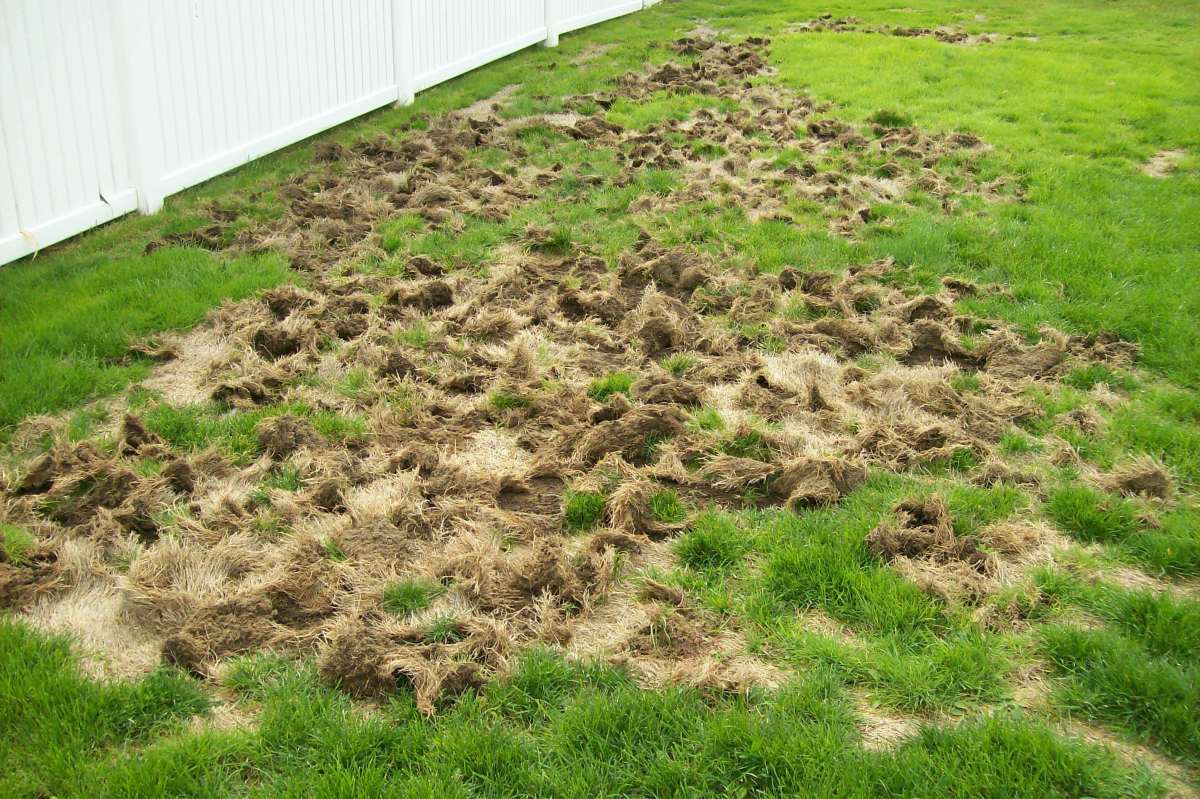

Landscaping Ideas
What Do Grass Grubs Look Like
Modified: February 18, 2024
Discover what grass grubs look like and how to identify them in your lawn. Get landscaping ideas to prevent and control these pests.
(Many of the links in this article redirect to a specific reviewed product. Your purchase of these products through affiliate links helps to generate commission for Storables.com, at no extra cost. Learn more)
Introduction
Grass grubs, the larvae of various beetles, are a common nuisance for homeowners and gardeners. These voracious pests can wreak havoc on lawns, causing significant damage to grass roots and creating unsightly brown patches. Understanding the appearance, behavior, and life cycle of grass grubs is essential for effective pest management.
In this comprehensive guide, we will delve into the world of grass grubs, shedding light on their characteristics, life cycle, and the damage they can inflict on your lawn. Additionally, we will explore methods for identifying and controlling these troublesome pests, empowering you to safeguard your lawn and preserve its lush, green beauty.
Join us on a journey into the intriguing realm of grass grubs, where we will uncover their secrets and equip you with the knowledge to combat these persistent adversaries.
Key Takeaways:
- Grass grubs, the larvae of beetles, are creamy white with a brown head and voraciously feed on grass roots, causing brown patches and wilting. Identifying and controlling them is crucial for a healthy lawn.
- To combat grass grubs, maintain a healthy lawn, use nematodes, apply targeted insecticides, and promote natural predators. Regular monitoring and early intervention are key to preserving the beauty of your lawn.
Read more: What Do Grass Chiggers Look Like
Characteristics of Grass Grubs
Grass grubs, also known as white grubs, are the larvae of various beetles, including Japanese beetles, June bugs, and European chafers. These C-shaped larvae are typically creamy white in color, with a distinct brown head and six prominent legs near the head. The body of a grass grub is segmented, and it tapers toward the rear, where it culminates in a small, hardened posterior end.
Measuring approximately 1 inch in length when fully grown, grass grubs possess a plump, cylindrical body that allows them to navigate through the soil with relative ease. Their characteristic C-shape is a distinguishing feature that sets them apart from other soil-dwelling pests.
One of the most notable characteristics of grass grubs is their voracious appetite for grassroots. These insatiable feeders consume the tender roots of grass plants, leading to visible signs of damage on lawns. As they feed near the soil surface, grass grubs disrupt the grass’s ability to absorb water and nutrients, resulting in wilting, browning, and eventual death of the affected turf.
While the appearance and behavior of grass grubs may vary slightly depending on the beetle species, their overall characteristics and destructive feeding habits remain consistent. Understanding these key traits is crucial for identifying and addressing the presence of grass grubs in your lawn.
Life Cycle of Grass Grubs
The life cycle of grass grubs encompasses several distinct stages, each contributing to their impact on lawns and landscapes. Understanding these developmental phases is essential for implementing targeted pest management strategies.
The life cycle of grass grubs begins when adult beetles lay their eggs in the soil during the spring or early summer months. These eggs hatch into tiny, white larvae, commonly referred to as grass grubs. As they emerge from their eggs, the newly hatched grubs begin their subterranean journey, feeding on grassroots and organic matter present in the soil.
Over the course of several weeks, the grass grubs undergo multiple molts, shedding their exoskeletons as they grow in size. This growth phase is characterized by their relentless feeding activity, which can cause considerable damage to the turf above. As the grubs mature, they gradually descend deeper into the soil to overwinter, seeking refuge from harsh weather conditions.
During the following spring, the matured grass grubs return to the upper soil layers to resume feeding before pupating. The pupal stage marks the transition from larva to adult beetle, a process that occurs within a protective cocoon beneath the soil surface. After completing their metamorphosis, the adult beetles emerge from the soil, ready to continue the life cycle by mating and laying eggs, thus perpetuating the cycle of grass grub infestation.
Understanding the life cycle of grass grubs is crucial for effective pest management. By targeting specific stages of their development, such as egg-laying or pupation, homeowners and landscapers can implement preventive and control measures to mitigate the impact of these destructive pests on lawns and gardens.
Grass grubs are white, C-shaped larvae with six legs and a brown head. They are about 1 inch long and can be found in the soil, feeding on grass roots.
Damage Caused by Grass Grubs
Grass grubs pose a significant threat to the health and aesthetic appeal of lawns, inflicting damage that can be visually distressing and financially burdensome for property owners. Their destructive feeding habits and subterranean activities can result in a range of detrimental effects on turfgrass, signaling the presence of a potential infestation.
One of the most conspicuous signs of grass grub damage is the appearance of irregularly shaped brown patches on the lawn. These patches often indicate areas where the grass roots have been compromised by the voracious feeding of the grubs. As the grubs consume the grassroots, the affected turf loses its ability to uptake water and nutrients, leading to wilting, discoloration, and eventual dieback.
Furthermore, the weakened turf becomes susceptible to stressors such as heat, drought, and foot traffic, exacerbating the impact of grass grub infestations. In severe cases, the affected areas may become spongy or loose, indicating extensive root damage caused by the grubs’ feeding activity.
Another consequence of grass grub infestations is the attraction of opportunistic wildlife, such as birds, skunks, and raccoons, which forage in the soil for the plump, protein-rich grubs. The resulting disruption to the turf during these foraging activities can further compound the damage, leading to unsightly and disruptive disturbances across the lawn.
Recognizing the signs of grass grub damage is crucial for prompt intervention and remediation. By addressing the impact of these destructive pests in a timely manner, property owners can mitigate the extent of turf damage and restore the health and vibrancy of their lawns.
How to Identify Grass Grubs
Identifying the presence of grass grubs in your lawn is a critical step in implementing targeted pest management strategies. By recognizing the signs and symptoms of infestation, homeowners and landscapers can take proactive measures to address the issue and preserve the health of their turfgrass.
One method of identifying grass grubs involves inspecting the affected areas of the lawn for signs of damage. Irregular patches of brown, wilting grass may indicate the presence of grubs feeding on the grassroots. Additionally, areas of loose or spongy turf, often caused by wildlife foraging for grubs, can serve as visual indicators of infestation.
Another approach to identifying grass grubs is to conduct a soil examination. By carefully excavating a small section of the affected turf, homeowners can search for the C-shaped larvae within the top few inches of the soil. The creamy-white bodies of the grubs, often accompanied by their characteristic brown heads and six legs near the front, can confirm the presence of these destructive pests.
Furthermore, monitoring the lawn for the activity of predatory wildlife, such as birds, skunks, or raccoons, can provide indirect evidence of grass grub infestations. The presence of these animals foraging in the soil, particularly during the evening or early morning hours, may indicate the presence of grubs beneath the surface.
For a more comprehensive assessment of grass grub populations, homeowners can employ the use of soil sampling and monitoring traps specifically designed to attract and capture adult beetles. By analyzing the captured beetles, property owners can gain insights into the potential risk of future infestations and tailor their pest management strategies accordingly.
By familiarizing themselves with the signs of damage and employing targeted inspection methods, property owners can effectively identify the presence of grass grubs in their lawns. This proactive approach sets the stage for implementing precise and timely control measures to mitigate the impact of these destructive pests.
Read more: What Do Grass Cells Look Like
Controlling Grass Grubs
Effectively managing grass grub infestations requires a multifaceted approach that combines preventive measures, cultural practices, and targeted control strategies. By integrating these methods, homeowners and landscapers can combat the presence of grass grubs and safeguard the health and vitality of their lawns.
One fundamental aspect of grass grub control is maintaining a healthy and resilient lawn through proper cultural practices. Regular mowing, adequate irrigation, and balanced fertilization can promote robust turfgrass growth, enhancing its ability to withstand and recover from the damage caused by grubs.
Implementing preventive measures, such as applying nematodes or beneficial nematode-based products to the soil, can help reduce grass grub populations before they become established. These microscopic organisms target the grubs in the soil, effectively diminishing their numbers and curbing potential damage to the lawn.
For severe infestations, targeted insecticide applications may be warranted to control grass grubs effectively. Selective insecticides, applied at the appropriate time according to the grass grub life cycle, can provide targeted control while minimizing impact on beneficial organisms and the environment.
Biological control methods, such as introducing natural predators of grass grubs, can also contribute to pest management efforts. Promoting the presence of predatory insects, birds, and other wildlife that feed on the grubs can help maintain a balanced ecosystem and reduce grass grub populations naturally.
Furthermore, promoting a diverse and balanced landscape can help mitigate the impact of grass grubs. By incorporating a variety of grass species and ornamental plants, property owners can reduce the vulnerability of their landscapes to extensive damage from these pests.
Regular monitoring and early intervention are essential components of effective grass grub control. By staying vigilant for signs of infestation and implementing targeted control measures, property owners can minimize the impact of these destructive pests and preserve the health and beauty of their lawns.
By integrating a combination of preventive, cultural, and targeted control strategies, property owners can effectively manage grass grub infestations and cultivate thriving, resilient lawns.
Frequently Asked Questions about What Do Grass Grubs Look Like
Was this page helpful?
At Storables.com, we guarantee accurate and reliable information. Our content, validated by Expert Board Contributors, is crafted following stringent Editorial Policies. We're committed to providing you with well-researched, expert-backed insights for all your informational needs.
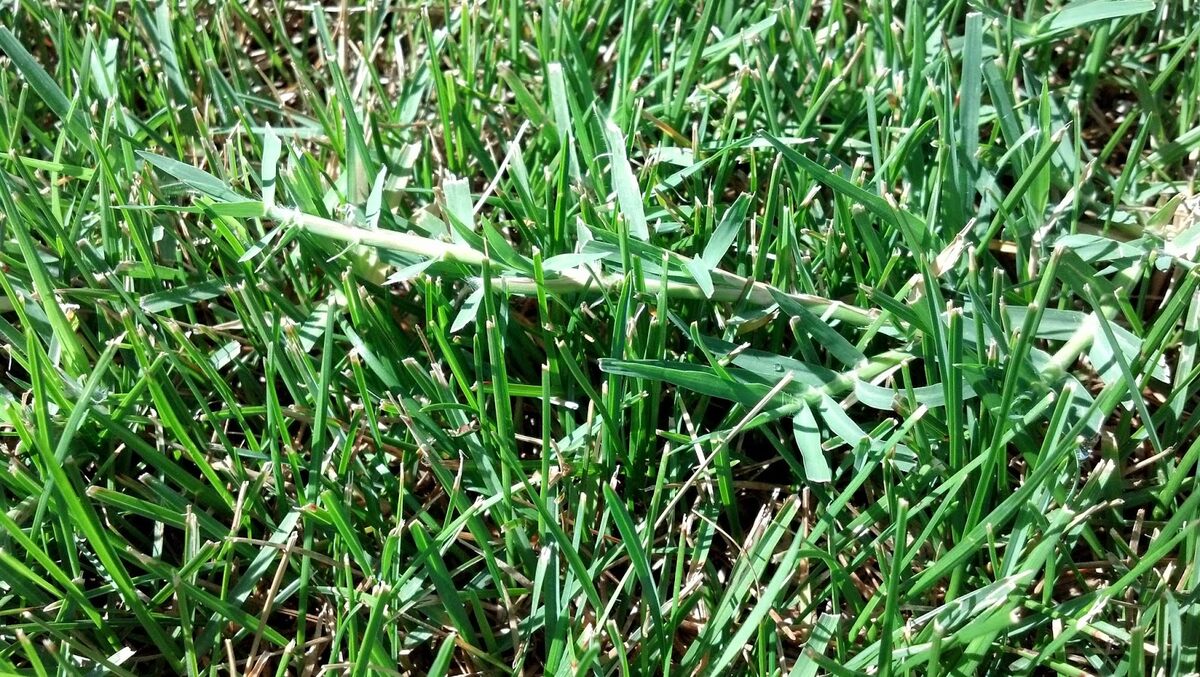
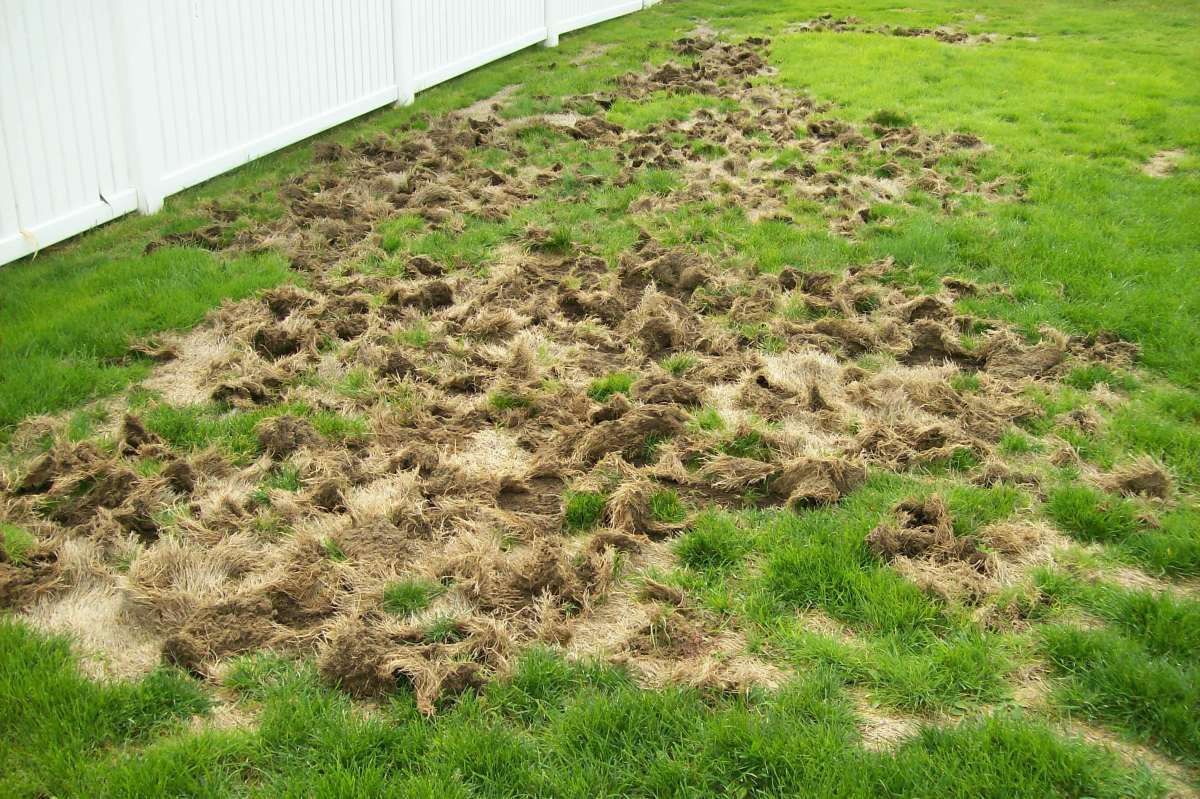

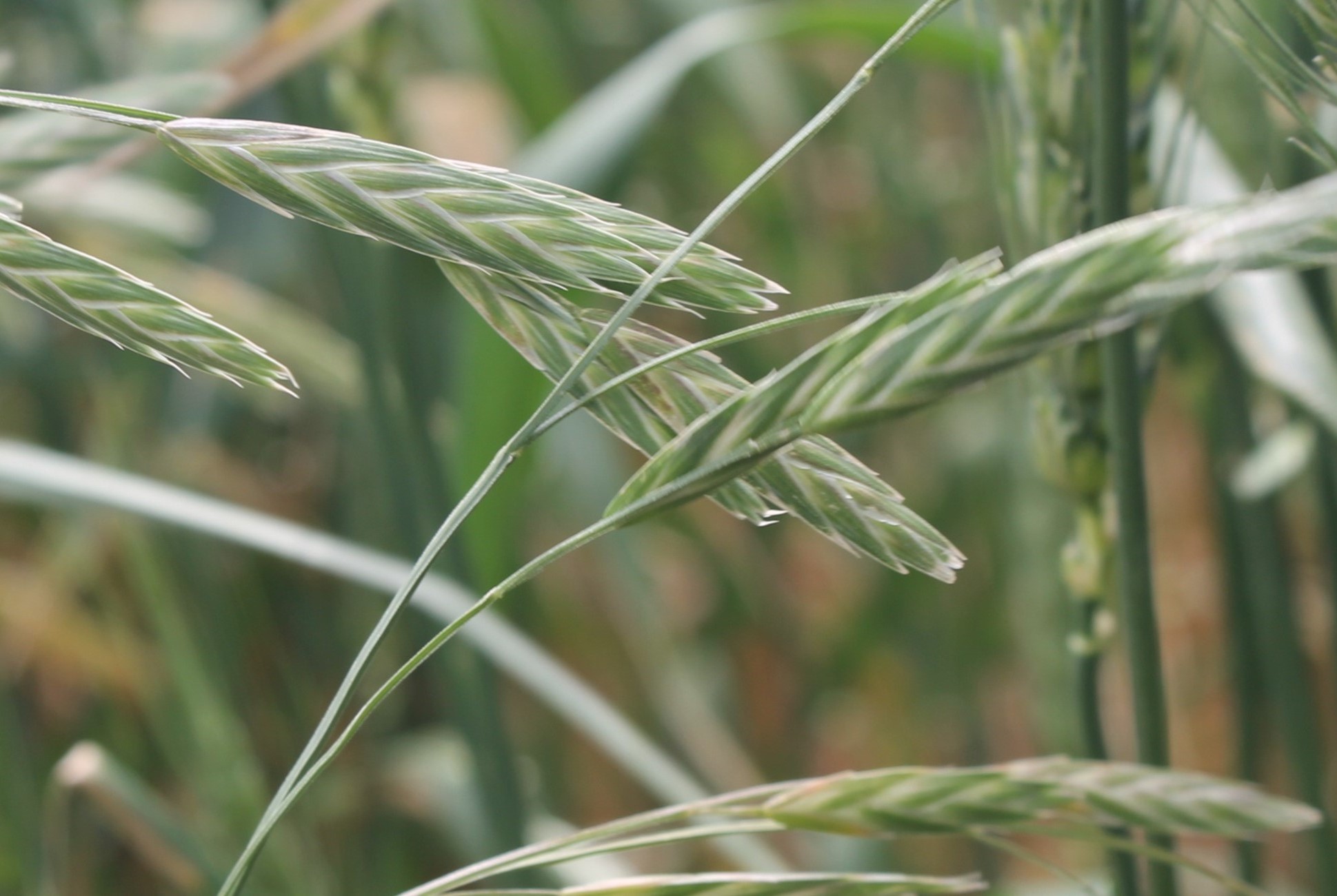


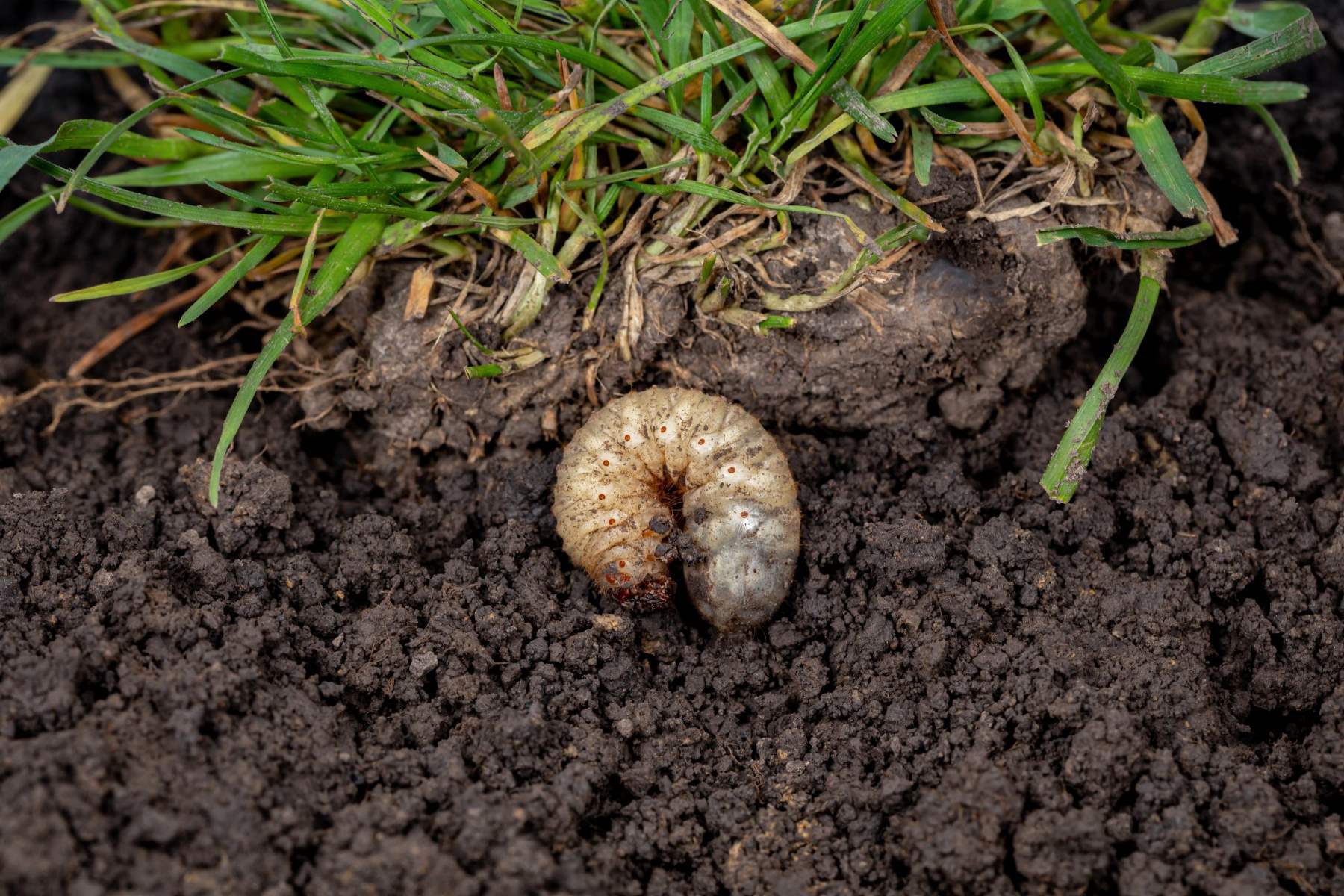
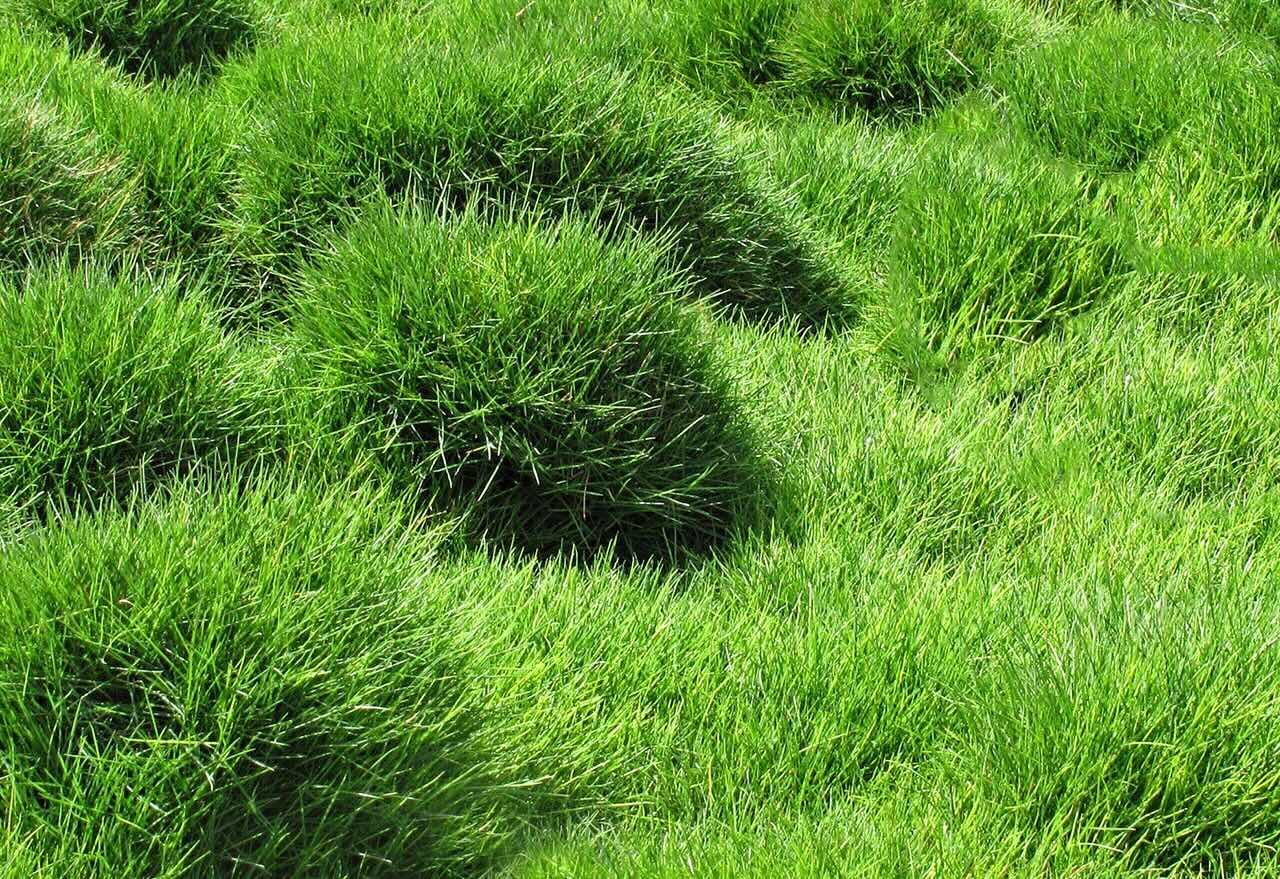
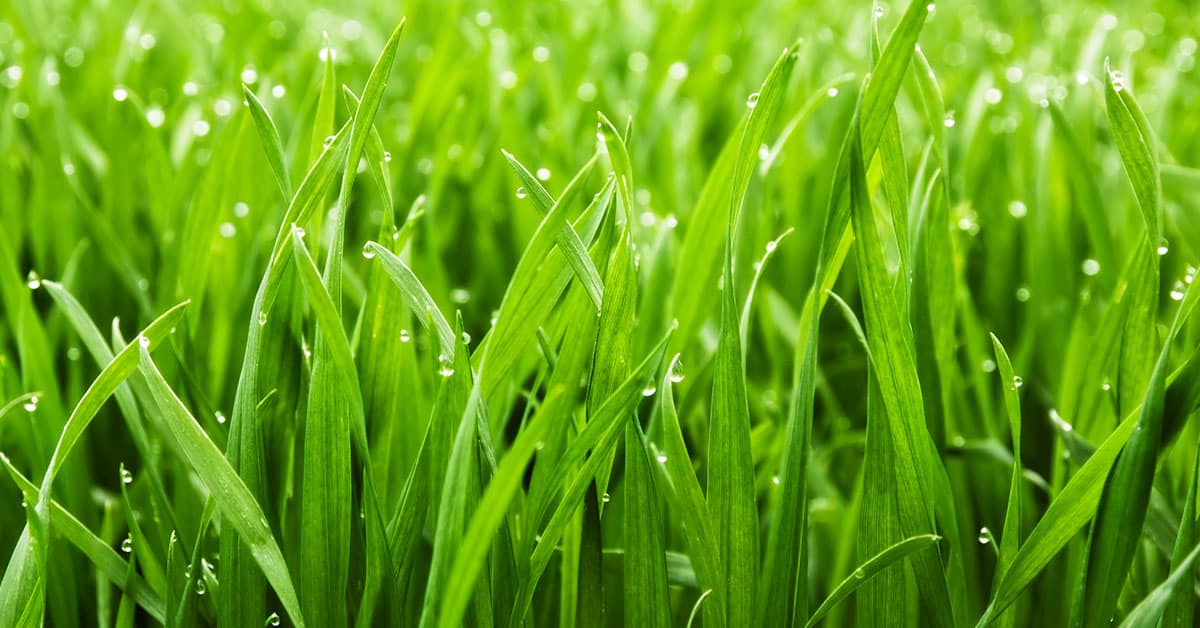
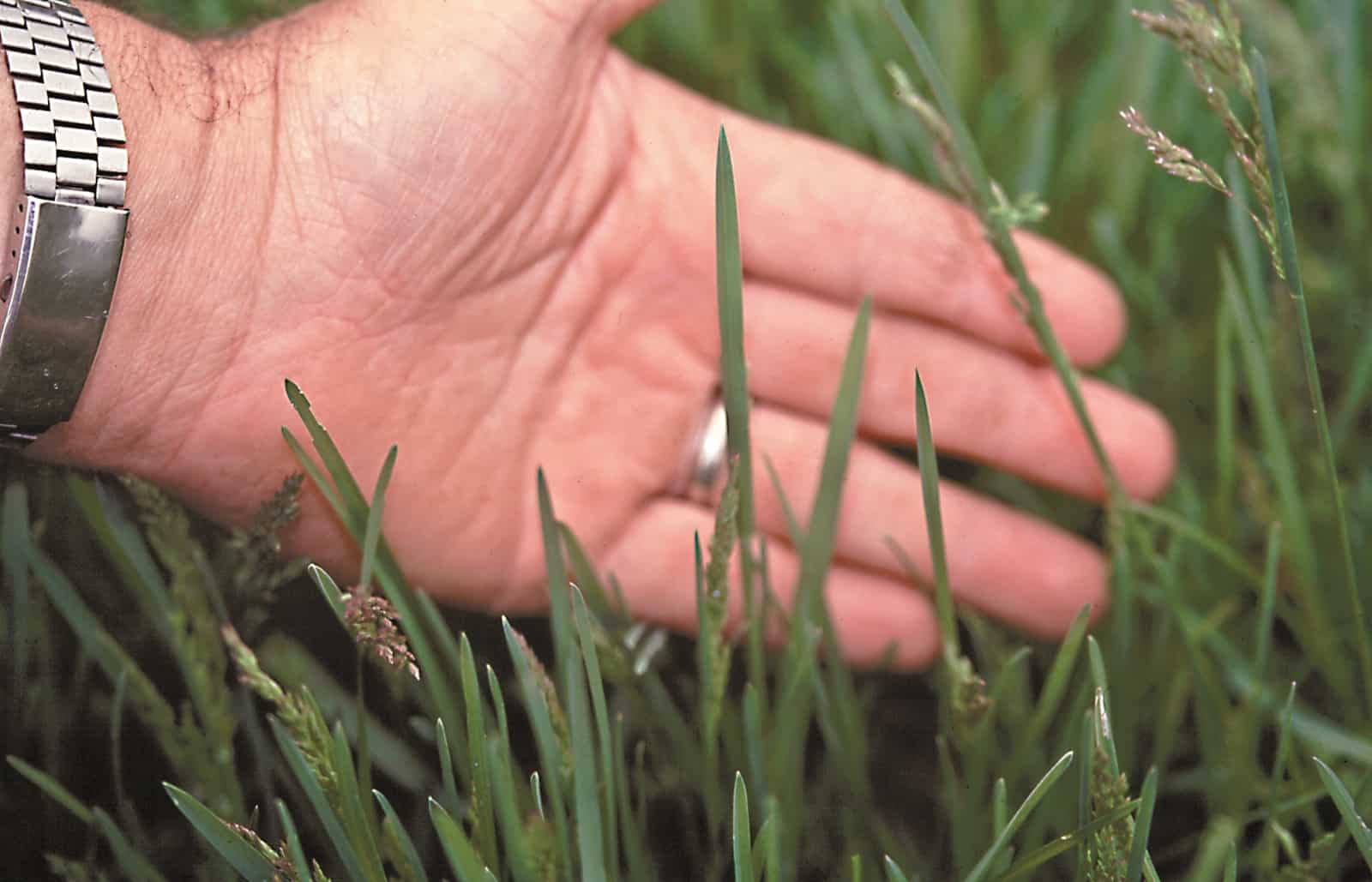
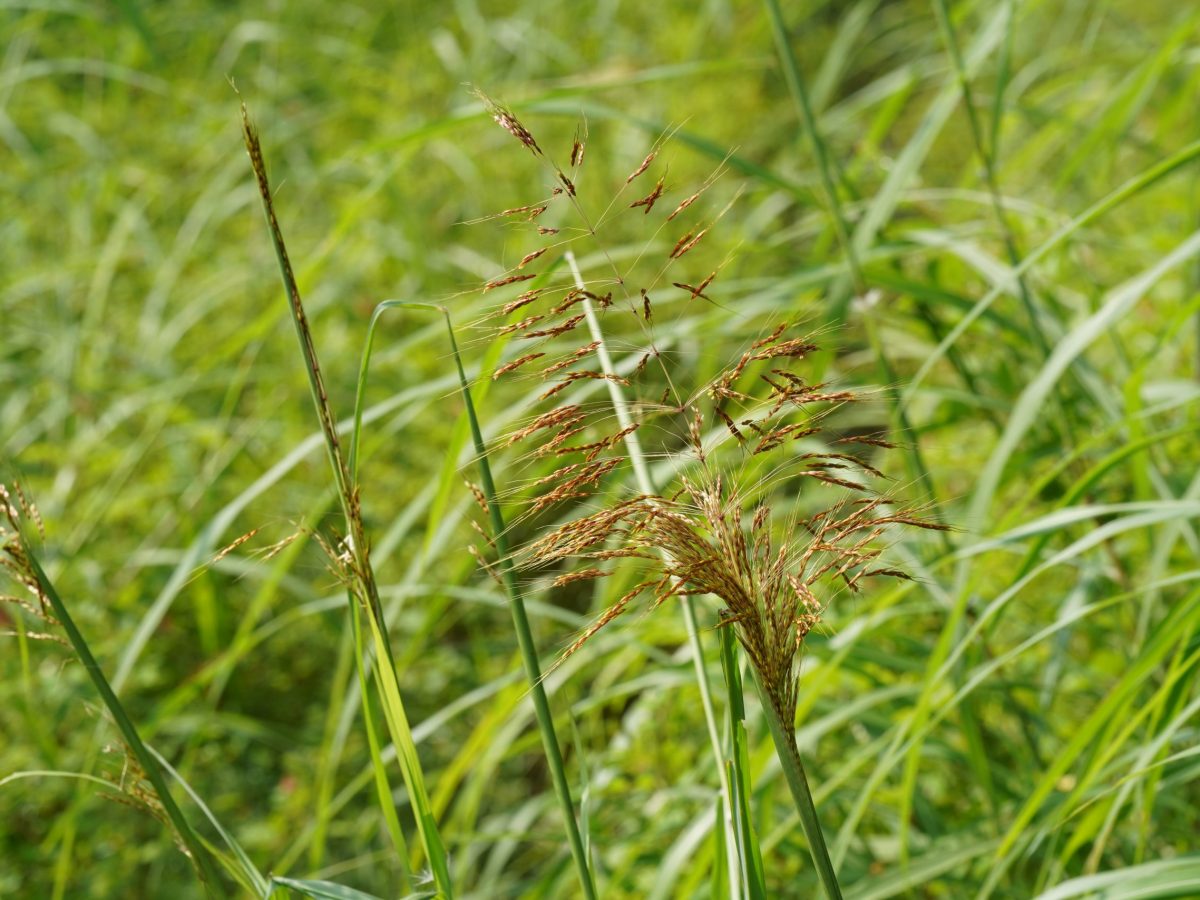
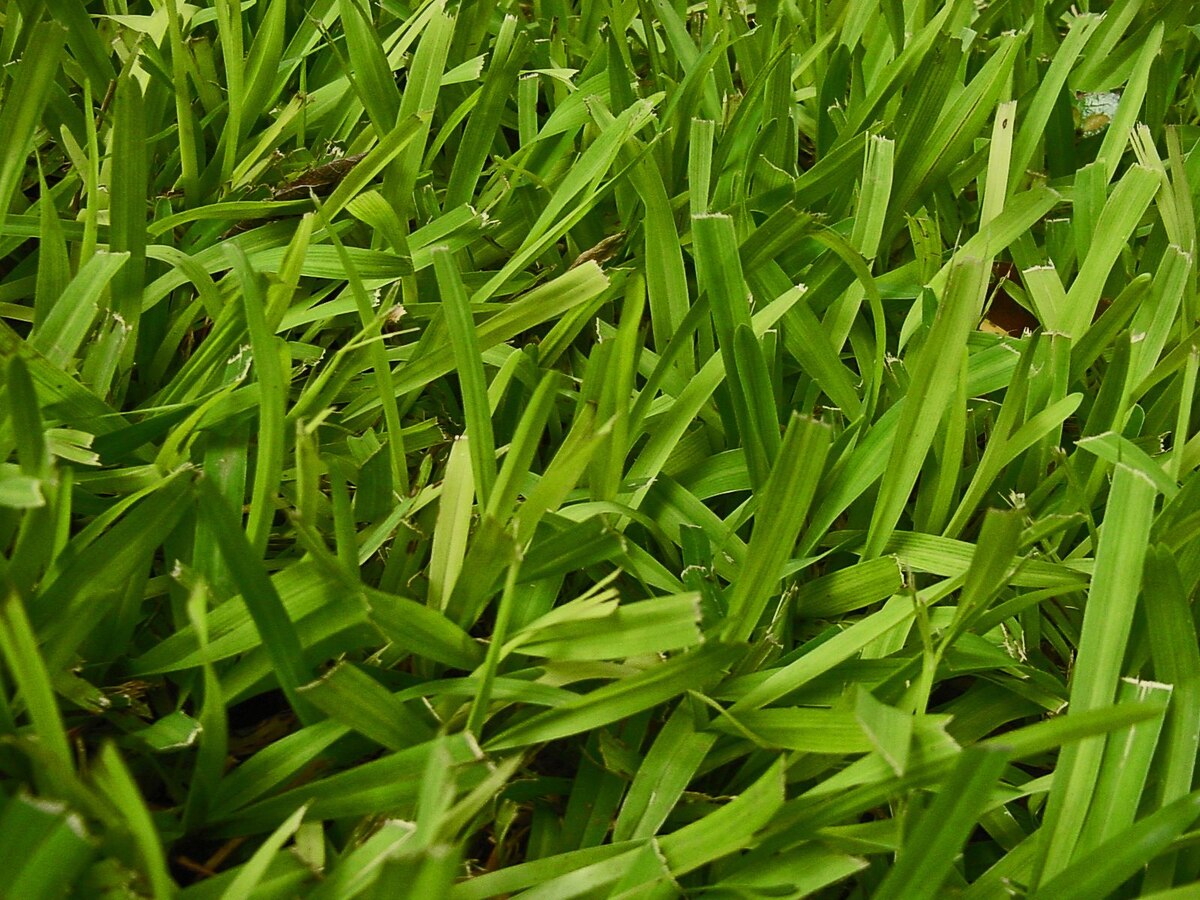
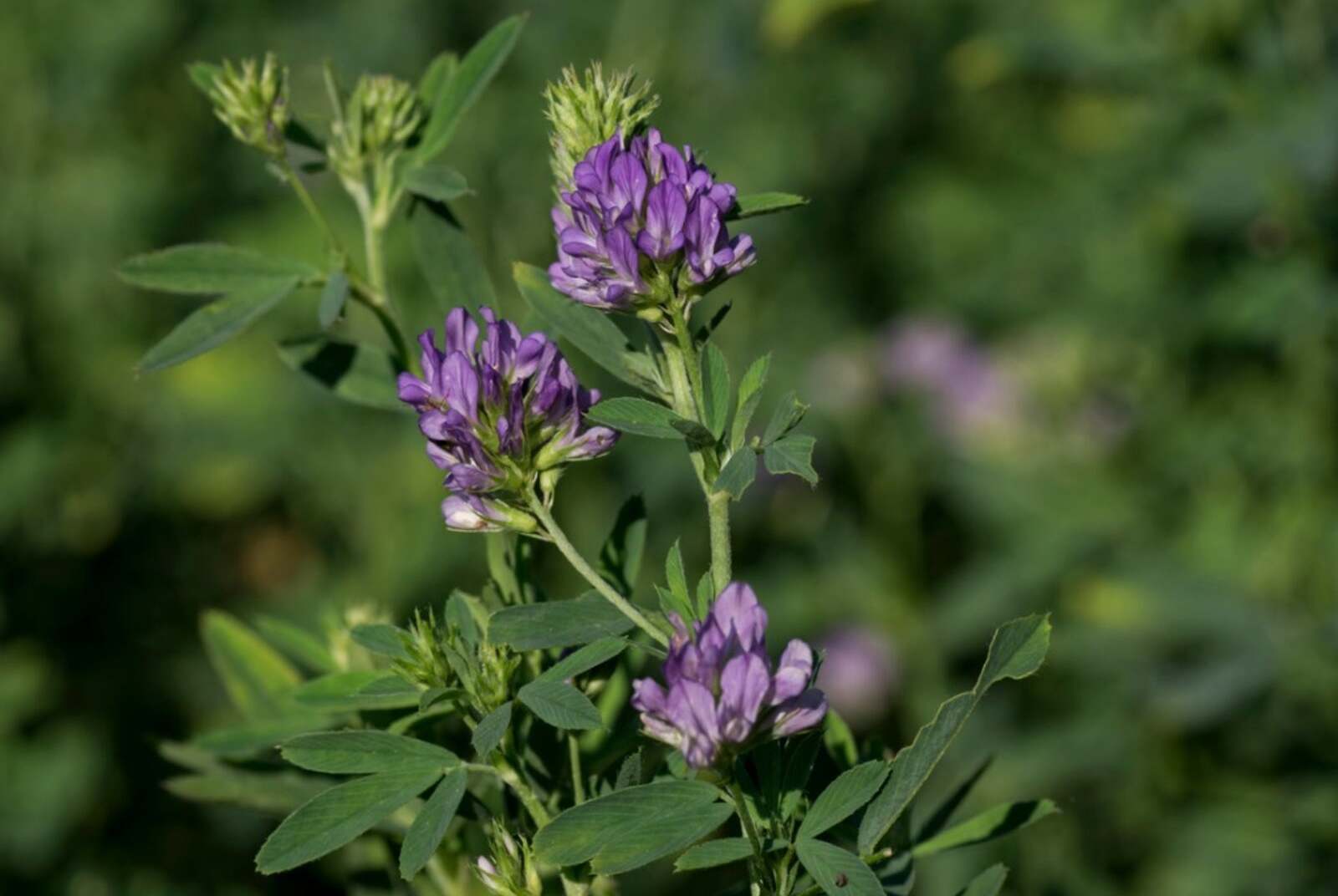
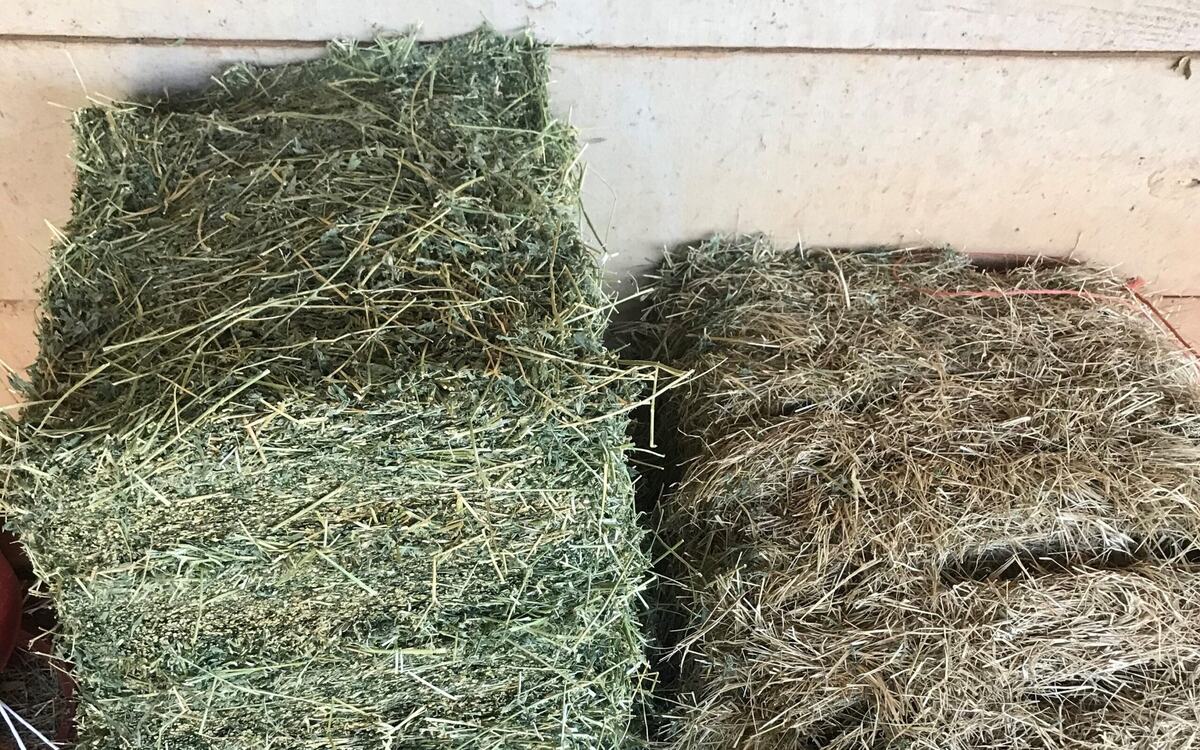

0 thoughts on “What Do Grass Grubs Look Like”